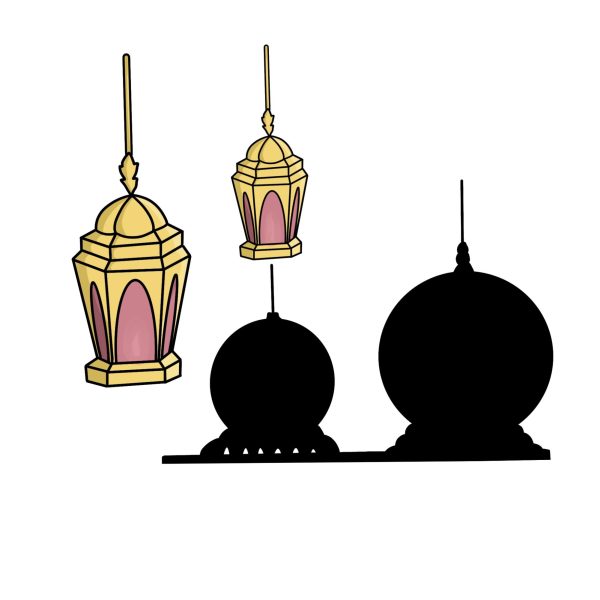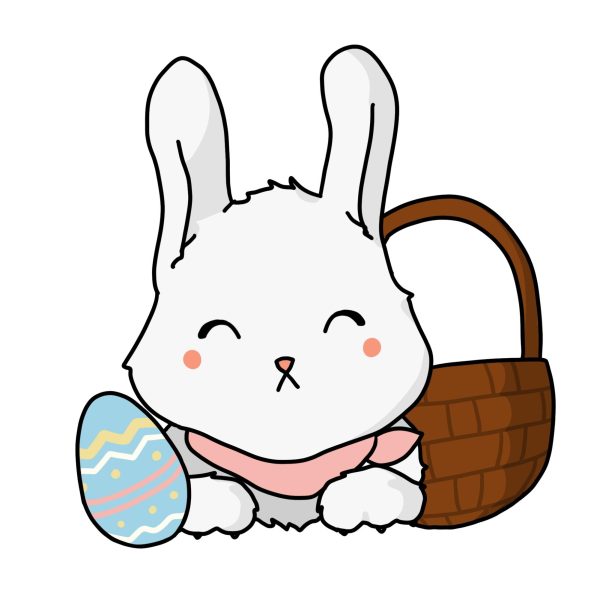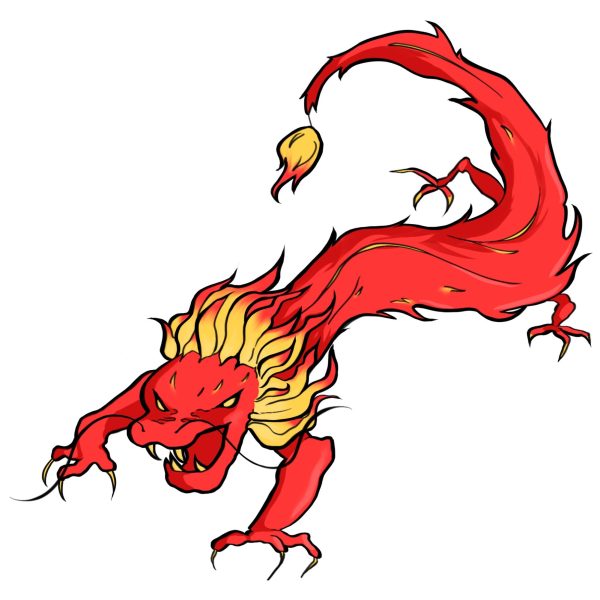Spring into the Chinese New Year
January 24, 2020
The 2020 Chinese New Year celebration is for the Year of the Rat, and many feasts and family reunions will be sure to spawn a new chapter in history with lasting memories. The rat proves to be a positive symbol as the first zodiac animal, and it represents wealth and surplus in the Chinese culture.
According to a Chinese New Year website, the holiday itself is a celebratory event that lasts for days. This year, the festival begins on January 25 and ends on February 4. This event is called the Spring Festival, and its name, derived from the Chinese word Yuán Dàn, means “the beginning.” The first day of the Spring Festival begins with firecrackers to celebrate greetings and blessings between people and their neighbors. The day concludes with the Chinese recording the weather, the stars, and the moon in order to predict the year’s fortune (chinesenewyear.net).
On January 26-28, there are celebrations of marriage and food celebrations that serve to grant wealth to the people and celebrate the five gods. January 28 specifically celebrates the god of wealth, when families offer a variety of foods and drinks such as meat, fruit, and wine. On January 29, people eat dumplings, which is a food that symbolizes wealth (chinesenewyear.net).
The remaining days until February 4 are filled with ceremonial practices and festivals that celebrate agriculture, traditional clothing, and other activities that predict the upcoming harvest. According to a website about various cultural mythologies, the Chinese also celebrate the Jade Emperor on February 2. The Jade Emperor is the supreme ruler of heaven and also the first emperor of China. The people traditionally pray to this deity, who is believed to judge the actions of every person and punish them accordingly (mythopedia.com).
According to Encyclopedia Britannica, the Chinese New Year also includes the Lantern festival, a five day celebration commemorating family members and ancestors who have passed. Lanterns before sending them off on the night of a full moon, this year being on the eighth. Rice balls are often feasted upon following the celebration, as the dessert symbolizes familial reunion (britannica.com).
Senior Ian Tom celebrates Chinese New Year by eating many traditional Chinese dishes and exchanging gifts with his family. “On this day we have typical Chinese dishes. Some dishes have [particular] significance like noodles, which symbolizes long life, while other foods like chicken symbolize prosperity,” Tom stated. “Adults give the single adults and kids money in little red envelopes, which symbolizes luck and happiness.”
2020 is the Year of the Rat, which is celebrated every twelve years. While many may view rats in a negative light, they are seen as a sign of reproductive abundance in Chinese culture. Those born in the Year of the Rat are often considered to be likeable characters, even though they may have emotional and communicative traits that say otherwise.Typical characteristics of a person born in the Year of the Rat include bad health, inconsistent dietary habits, and sensitivity to the weather. However, despite this, people born in this year also have little to no career challenges and are often seen as hard workers who make a lot of money (chinesenewyear.net).
This year’s Chinese New Year encompasses many celebratory moments that are not only traditional but historical. As 2020 is the Year of the Rat, many observers will celebrate the praise of the five gods, the praise of marriage and unification, and the praise of traditional and cultural achievements.







